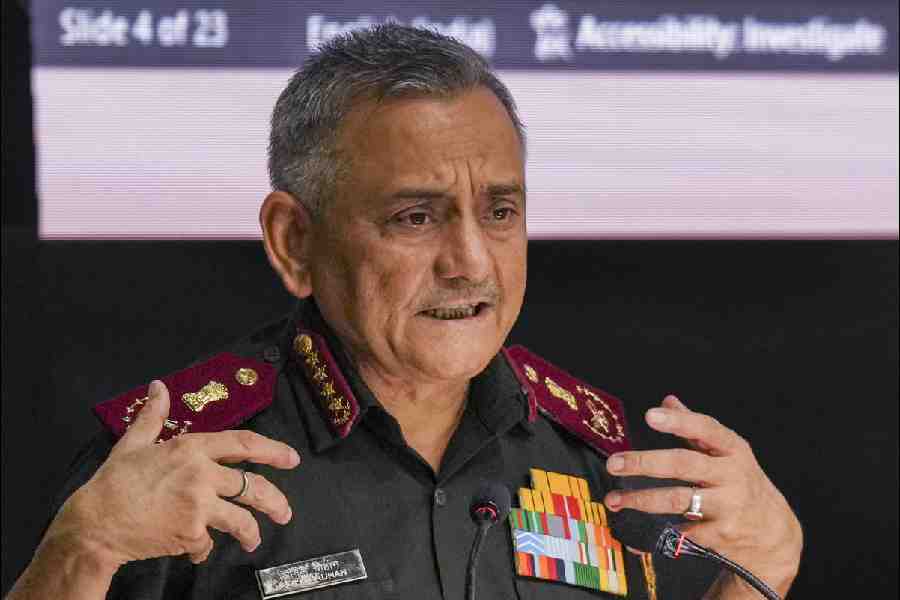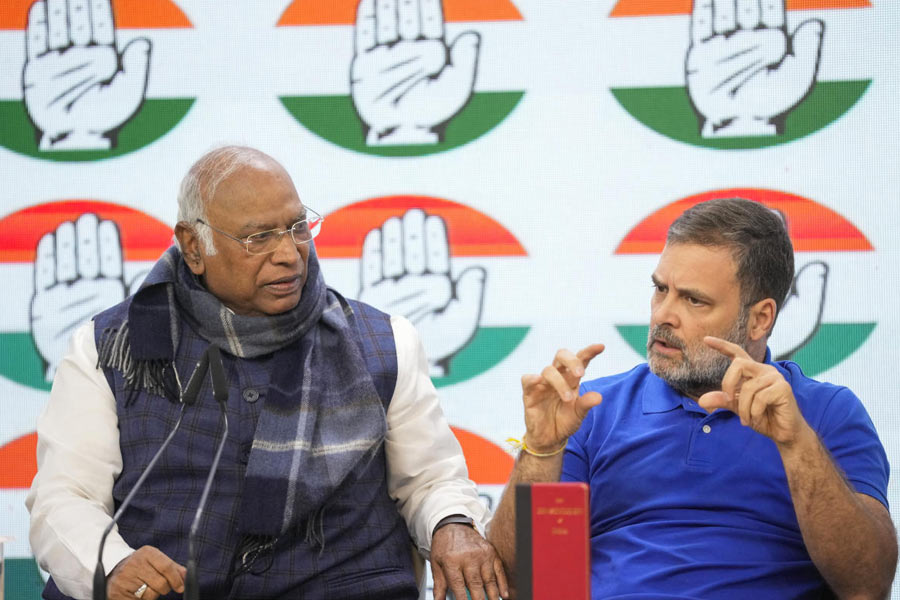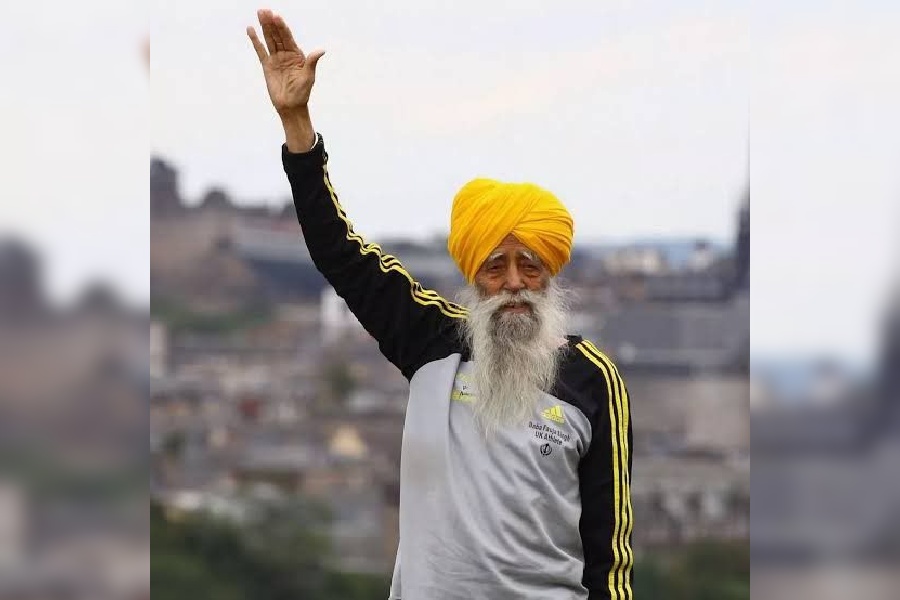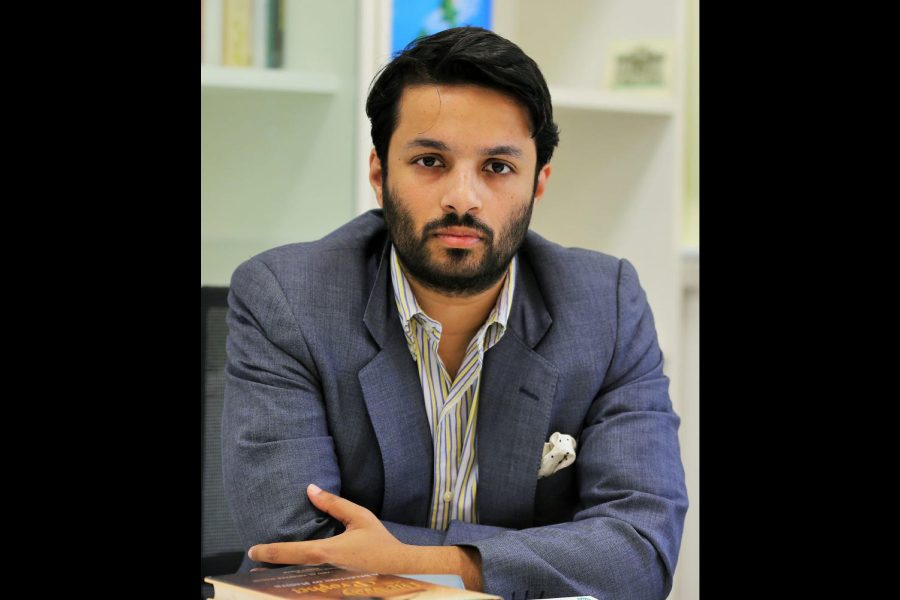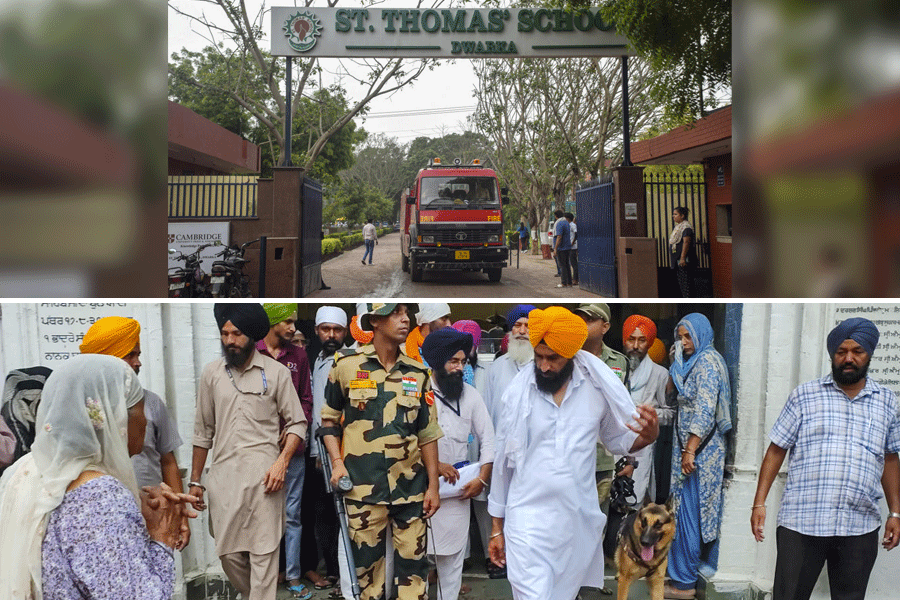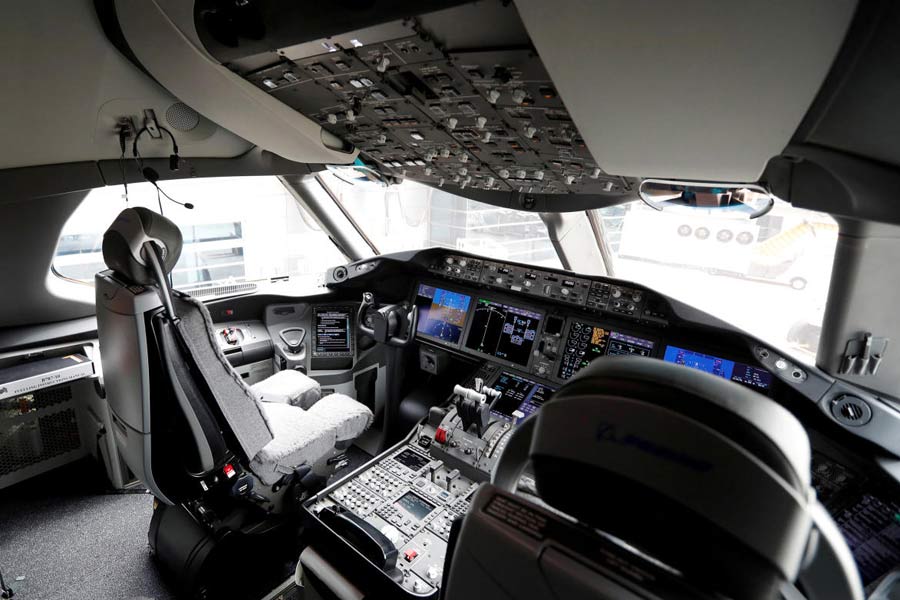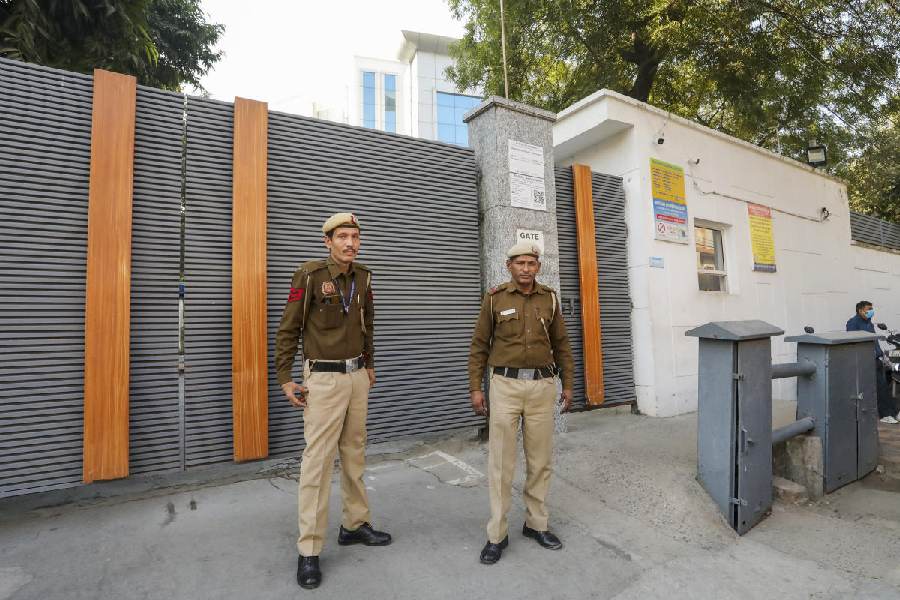New Delhi, Nov. 26: B.R. Ambedkar's Bengal connection became the subject of a debate in the Lok Sabha today when Sudip Bandyopadhyay's claim that the architect of the Constitution represented Bengal in the Constituent Assembly faced a challenge from S.S. Ahluwalia, the BJP member from Darjeeling.
Historian Sugata Bose, however, clarified straightaway that his Trinamul colleague was right.
"I would better mention here that when the Constituent Assembly was set up, Dr Ambedkar represented from West Bengal, though he was born in Madhya Pradesh," Sudip had said, participating in the debate on "Commitment to India's Constitution".
"Babasaheb Ambedkar was elected from West Bengal as Mahatma Gandhiji wanted him to be inducted in the committee but Maharashtra or Madhya Pradesh did not recommend Dr Babasaheb's name."
Ahluwalia rose to say that Ambedkar had represented Bombay, not Bengal.
"My learned friend, Sudip Bandyopadhyay, said that in the Constituent Assembly, Dr B.R. Ambedkar was representing Bengal, which is incorrect. He was representing Bombay," he said.
"I have got the full volumes of 6,000 pages of debate wherein Parliament of India website says that, as on 1949, in the Constituent Assembly, Dr Ambedkar was representing Bombay - 22 members were representing Bombay and 19 members were representing West Bengal. He was one of those 22 members. Please correct it."
But Bose sprang to Sudip's rescue. "The Constituent Assembly met for the first time on the 9th December, 1946. On that day, of course, everyone presented their credentials. If you look at the list from Bengal, you will find that at number one was Shri Sarat Chandra Bose and at number two was Dr B.R. Ambedkar," Bose said.
"And there were others, including Frank Reginald Antony, Shri Prafulla Chandra Ghosh and the communist leader Shri Somnath Lahiri and Shri Syama Prasad Mookerjee."
Bose added: "Let me clarify what happened. Of course, Dr Ambedkar represented Jessore and Khulna constituencies from undivided Bengal. When Partition happened, the Jessore and Khulna constituencies from which Dr Ambedkar had been indirectly elected went to Pakistan Constituent Assembly.
"So, at that time, it was very important to have Dr B.R. Ambedkar re-elected to the Constituent Assembly and this happened in July 1947. At that stage, Dr Ambedkar was elected from what was then Bombay Province, not yet Maharashtra, and he was elected to a seat that was vacated by the great M.R. Jayakar. So, I hope, as a historian, I have clarified the situation."


